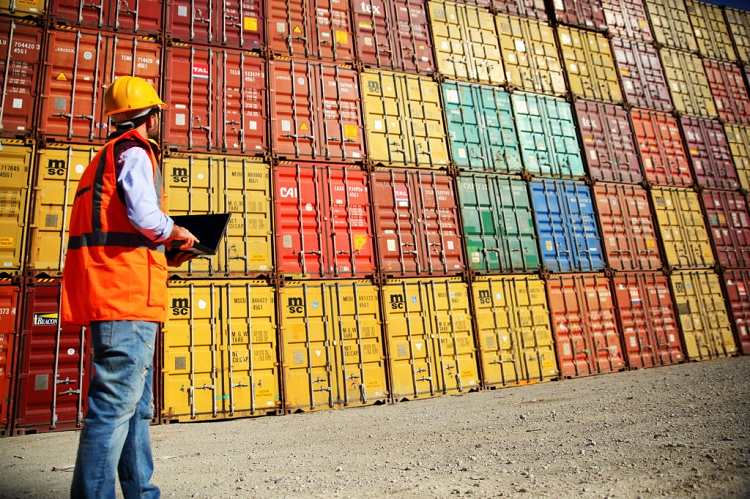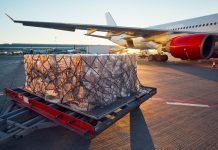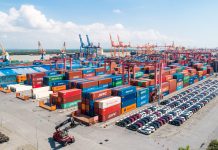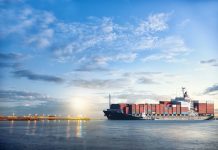Freight forwarding is an extremely important step in the field of import and export of goods and international business. In the article, we will describe in detail as well as clarify issues related to freight forwarding. This will definitely be helpful if your business operates in this field.
1. Concepts of freight forwarding
Freight forwarding, also known as freight forwarding, is simply understood as a service that helps complete the purpose of sending goods from origin to destination. Accordingly, the forwarder will sign a transportation contract with the goods owner, and contact the shipping companies (air or road) to negotiate the transportation of goods according to the customer’s request. best cost.
According to the specialized definition of FIATA (International Federation of Freight Forwarding Associations) as follows: “Freight forwarding refers to services related to transportation, consolidation, loading and unloading, storage, packaging or distribution of goods and other ancillary services related to the above services. This includes (but is not limited to) issues such as customs or finance, declaration, insurance, collection of money or documents related to goods.
International freight forwarding: A freight forwarding service performed cross-border, from the seaport/airport of one country, to the seaport/airport of another country (may exceed scene during the freight forwarding process). Currently, the need to import and export goods between countries is vibrant, so international freight forwarding activities play an extremely important role, just like blood vessels circulating in a living entity, making a major contribution. to the GDP of countries.
Maybe you are interested:
2. Forms of freight forwarding
There are many methods of freight forwarding. Based on customer needs and the nature of the goods, the shipper/forwarder will choose the appropriate and optimal form of freight forwarding. With a transportation contract, sometimes one type of vehicle will be used from the place of receipt to the place of delivery (single mode of transportation). But sometimes there is also the coordination of many different means of transport, this case is called multimodal transport. Vietnam’s freight forwarding market mainly focuses on road transport, sea freight forwarding, inland waterway freight forwarding and air freight forwarding.
Road transport: Usually small scale and domestic in nature. Normally, it will be transporting goods between provinces and localities in the country. Or this will be a support component for international freight forwarding (for example, transporting goods by truck or container from the point of production to the seaport/airport, etc.)
Waterway transport (including inland waterway and sea transport): While inland waterway mainly transports small domestic goods, in our country, sea transport is truly the “trump card” in this field. Freight Forwarders. Accordingly, maritime transport accounts for nearly 80% of total import and export goods. Usually suitable for bulk goods, goods with large tonnage, not too high value and not requiring urgent time. The average delivery time lasts from a few days to about 45 days depending on the distance. See more: Forwarder’s import and export process of goods by sea
Air transport: Compared to sea transport, air transport will be less common. Because this type is limited in type as well as volume and size of goods. Usually only suitable for transporting small goods, light goods, high-value goods, parcels, letters or items that require urgent delivery time. The cost is also higher than sea freight forwarding. However, internationally, this is considered an attractive and potential market because of its quick and safe advantages. See more: Forwarder’s import and export process of goods by air
Railway: The North-South railway system in our country helps deliver and receive goods at an economical cost. However, it can only meet domestic needs, delivery time is quite long and it is forced to use other means (trucks, container trucks) to transport goods to and from gas stations.
Pipeline: This form of transportation is very specific and not common. Usually only applied to special products such as oil, gas, liquefied petroleum gas, etc. Mainly used by large state-owned corporations, multinational companies, etc.
3. Parties involved in freight forwarding
The freight forwarding process goes through many different steps with many participants, along with different roles. Below are the main participants in freight forwarding activities:
Buyer: is the person directly named in the commercial contract and responsible for paying for the purchase
Seller: In a commercial contract, acts as a seller
What is Consignor? (Consignor): The person who sends goods, works and signs a transport service contract with the forwarder (freight forwarder). Most of the time, the Consignor will be the one to pay the shipping costs.











